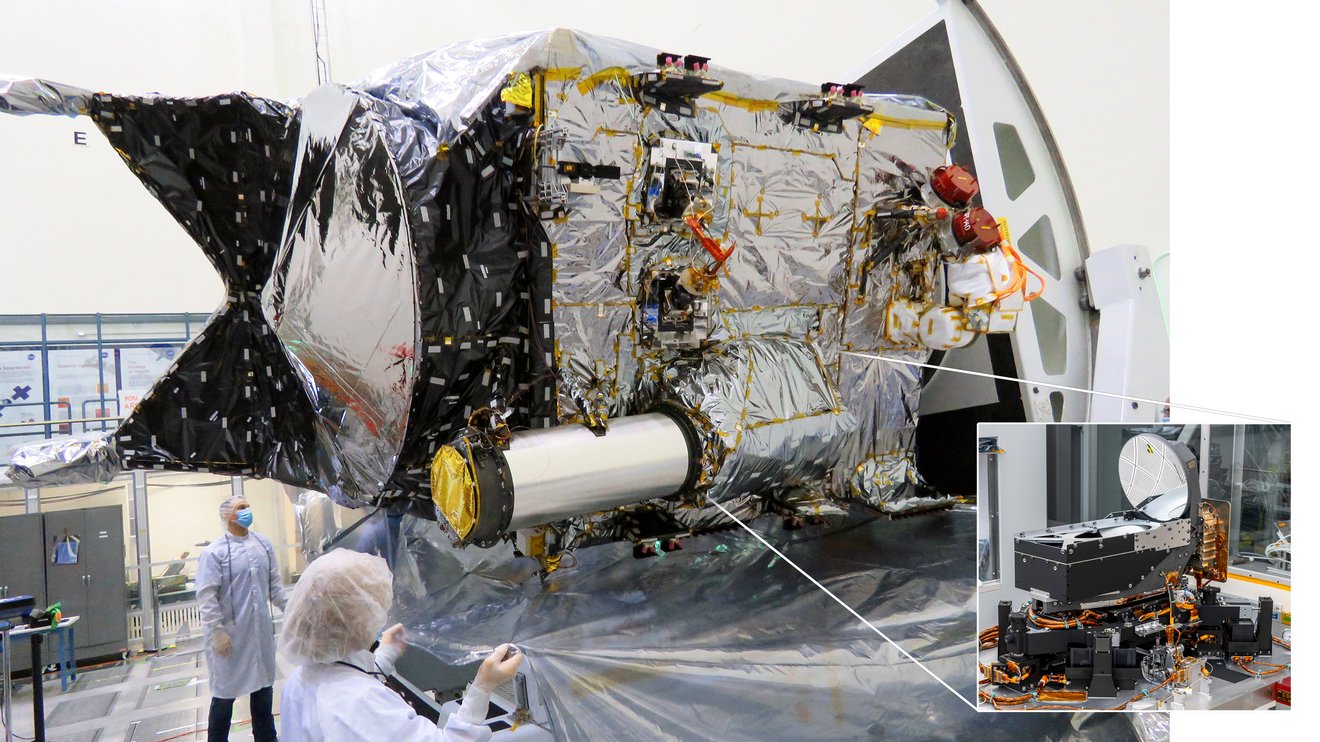Everyone has seen a catapult, a “winched-down bucket” that stores tension and when released hurls objects through the air. One of its main components is a “counter weight” or ballast that keeps the catapult from tipping over during “launch.” In modern day, heavy equipment and crane accidents loss of balance is frequently the cause of mishaps.
The accident in the image above occurred recently in Boston when workers inspecting the roof of a seven story Suffolk University dormitory building were suddenly catapulted off the platform they were standing on when the rig tipped over. The rig was a Grove A125J, capable of lifting a maximum load capacity of 600 pounds 125 feet in the air. It’s powered by a 100 horsepower Cummins diesel engine. The workers were thrown 100 feet into the side of an adjacent building; one worker died, the other survived.
Inspectors explained that the bucket in which the workers were standing became overextended, so that the center of gravity moved beyond the point where it would have remained stable. In addition, Occupational Safety Health Administration (OSHA) rules require that workers wear body harnesses or restraining belts attached to the lifts basket, which in this case they weren’t. Finally, it was reported the workers attempted to stabilize the base of the crane using stacks of wooden blocks, which OSHA states is a very unsafe practice.
Heavy Equipment & Crane Accidents More Frequent Than One Might Expect
On the website Crane Accidents, there are over 1,400 crane accident photos; the breadth and depth of types of accidents is surprising: tip overs, sinkhole takes, power line touches, fires, collisions with vehicles, equipment failures, crushing incidents, fatalities, collapses and more.
Cranes involved in these accidents include mobile, truck and rail-mounted cranes and overhead cranes used in marinas, railroad yards and construction sites. Projects run the gamut from high-rise buildings to road and bridge projects. The most common reasons for fatalities are electrocution, loads dropping on workers or crane collapses.
According to the US Bureau of Labor Statistics, there are approximately 50 to 75 crane accident fatalities per year in the United States. Fatalities occur to construction workers most often, followed by crane operators. Preventing mishaps requires alert, qualified and trained personnel, a level and secure site, a good safety plan and periodic checks of load stability. The Crane Inspection and Certification Bureau believes most crane accidents can and should be prevented and the rate of accidents can be improved with proper training.






